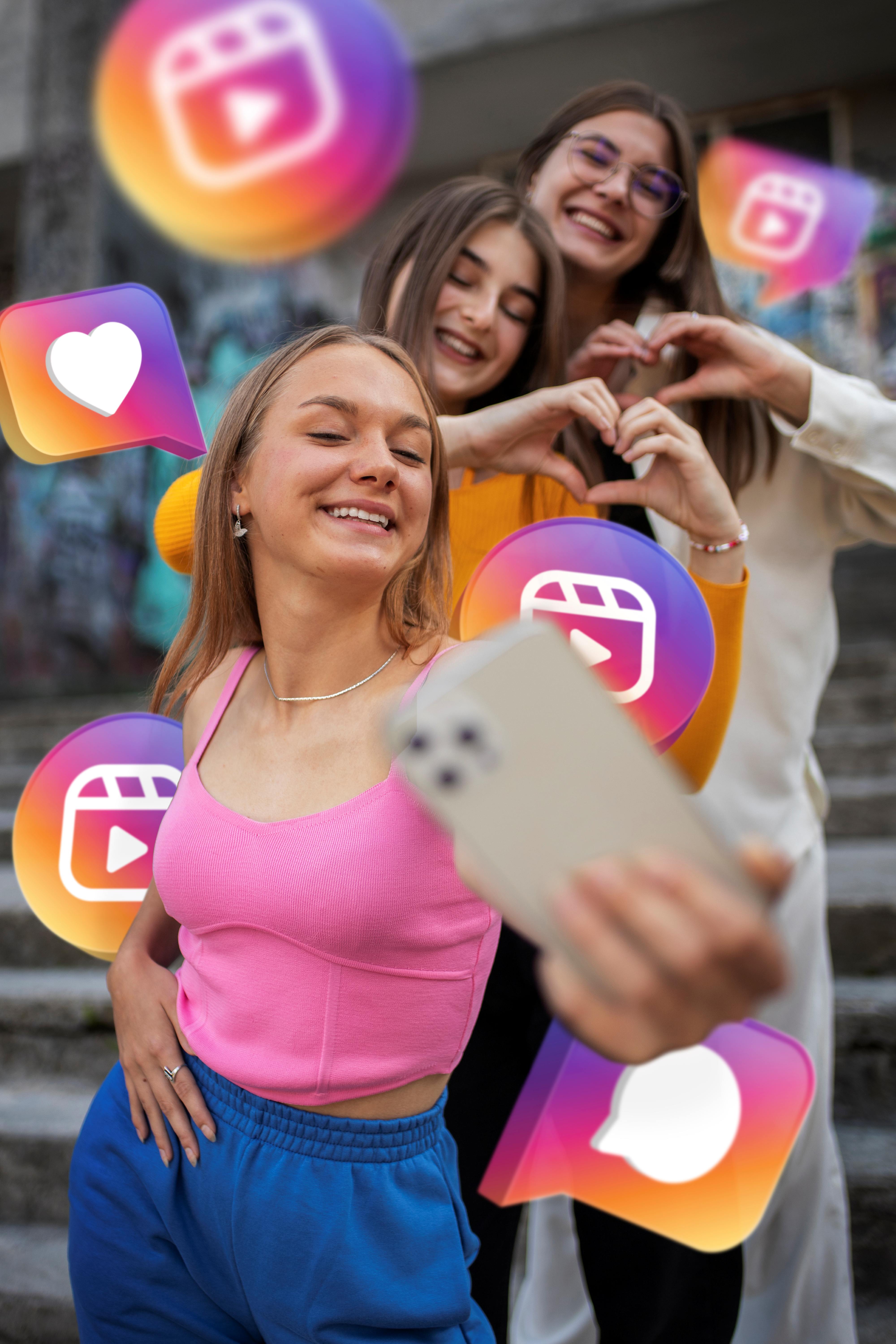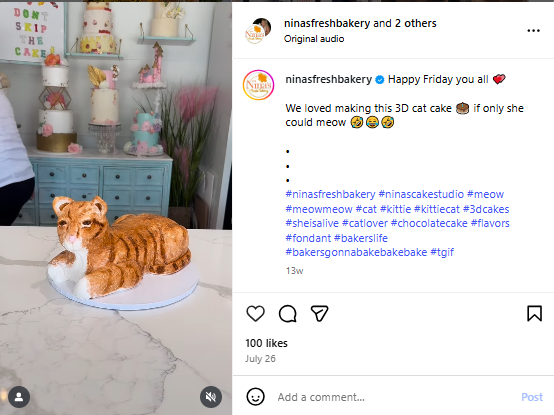
If you’ve got great video content but don’t know where to post it, you’re not alone. Every platform promises results, yet the best choice depends on what you want out of your videos. Reels can grab quick attention, YouTube builds trust over time, and paid ads help you reach people right away.
Each platform has its benefits, but they don’t all work the same way. Some require short-form content that shows up in people’s feeds without warning. Others need a channel that tells a longer story or explains their product in detail. Then there’s the option to pay for guaranteed visibility, which can be smart when you’re after conversions or brand awareness.
Before you spend time or money, it helps to know how each platform fits into your goals. Let us guide you.
If your goal is attention, start with Reels. They’re quick to produce and spread fast when your message fits the trend cycle.
For brands that rely on education, tutorials, or long-term credibility, YouTube does the job. It gives you room to explain and rank in search results.
When you need measurable results, such as leads, sales, or guaranteed reach, paid ads give you control over who sees your videos and how often. Many businesses get the best results by mixing all three.
The first step in choosing the right platform for your videos is to figure out what you actually want your videos to do. You’ll likely have one of these objectives.
When you need attention fast, Reels and Shorts are the move. These quick clips grab attention while people scroll and help new audiences notice you without much effort.
Let’s say you’re a bakery in a popular tourist spot. Create a 10-second clip of a croissant breaking open. Boom! By lunchtime, you could have a decent number of views.
Short-form video success depends on freshness, sound trends, and emotion in the first two seconds. Also, use hashtags to get your video featured in the hashtag tabs on TikTok and Instagram.
Notice how Nina’s Fresh Bakery has used relevant hashtags for visibility. Even such a short video has several hundred views.

If you want to create long-form content to educate your viewers, post on YouTube. Use the videos to explain your process, show results, or answer questions your customers keep asking.
For example, a real estate agent could upload a long walkthrough video showing the distinct features of a property. That’s what we do at INDIRAP for our real estate clients in Chicago.
If you want predictable reach and immediate results, paid ads get you there. For example, as an online store, you can run a 15-second product ad before a YouTube video.
Similarly, a service brand can retarget people who watched its Reels last week and get quick sign-ups. Paid campaigns let you control who sees your content and how fast you grow.
Short-form videos excel at grabbing attention when people are scrolling fast. Reels are part of Instagram’s “recommendation feed,” so they have real potential to reach people who don’t already follow you.
Reels also enjoy an average engagement rate of 1.23%, compared to 0.70% for photos and 0.99% for carousels. They also tap into trends, sound effects, and influencer partnerships, which makes them a go-to when you want something shareable and light.
When creating Reels, here are some creative rules to keep in mind.
The following video shows you how to add captions to Instagram Reels.
Short-form isn’t the universal solution. Skip or minimise Reels when:
When running short-form content, you want to watch several markers:
YouTube stands out when you need viewers to pause, learn, and come back. With 2.70 billion monthly active users as of mid-2025, it remains one of the largest platforms globally.
Since it functions like a search engine for video, it offers long-term visibility and SEO value. Long-form videos help brands build trust by explaining how things work and answering questions. You can also create case study videos on your YouTube channel as social proof, such as this one.
YouTube videos also give you the runtime to build storytelling and a deeper context rather than a quick glance. Some video formats that do well on YouTube are:
YouTube videos may also be informational or educational. Such videos can help establish your business as an authority in the viewers’ minds. Indeed does a splendid job of this with its informational videos about job hunting, interview prep, and so on.
YouTube might be more than you need if:
Here are some video marketing analytics to keep in mind for YouTube content.
You can choose from several paid-video routes: in-feed ads on platforms like Instagram and TikTok (Reels/Shorts-style), in-stream ads on YouTube (pre-roll, mid-roll), discovery ads on YouTube (appear in suggestions or search), and video placements via Google’s video partners network.
Each offers different reach, targeting precision, cost structures, and audience behaviour. Pick the version that aligns with your budget, creative, and audience.
Paid video ads are especially useful when you have a new product launch, a scaling offer you want to push fast, or a well-defined audience to reach within tight timelines. If you need predictable volume and control over who sees your message and when, paid is the path.
Paid video ads are not the best choice if:
The following performance indicators matter the most for paid video campaigns:
You don’t have to create videos from scratch for all three platforms we’ve discussed above. Instead, repurpose your content. But this only works if you’re strategic in your content reuse.
Keep long shots or B-roll intact for YouTube, where viewers expect a narrative arc. On Reels or TikTok, cut tighter. Go for punchier pacing, bigger captions, and quick transitions that grab attention in the first three seconds.
When editing, tailor captions and overlays for each platform’s native style. Instagram prefers bold text and vertical alignment, while YouTube Shorts benefit from simple typography and branded color cues. Slack’s subtitle use is a good example of what to do on Instagram.

Here’s a quick creative checklist before you post:
These simple tips help you use the same content across different platforms with just a few tweaks here and there.
.gif)
If there’s one takeaway from everything we’ve covered, it’s this: no single video format wins everywhere. The brands that grow fastest are the ones connecting all three into a results-driven video content system for business.
You have to think beyond solo posts and start building a full-funnel video marketing engine that works on autopilot. INDIRAP, as a results-driven agency, can help you do that. Our video product company is known for planning, producing, and distributing high-converting video content across sectors like healthcare, retail, manufacturing, tech, education, and more.
Want to see our expertise for yourself? Book a free, no-obligation Discovery Call today with our experts.
Many brands skip testing creatives organically first. Paid ads amplify results, so weak hooks or confusing messages can waste ad spend instead of scaling your best-performing content.
You can repurpose footage, but don’t upload identical edits to all platforms. Adjust framing, captions, and pacing for each platform so the video feels native and performs better within that ecosystem.
Start by testing short Reels for engagement, then expand into YouTube for authority, and paid ads for conversions. Compare metrics like views, CTR, retention, and ROAS to see what performs best for your goals.